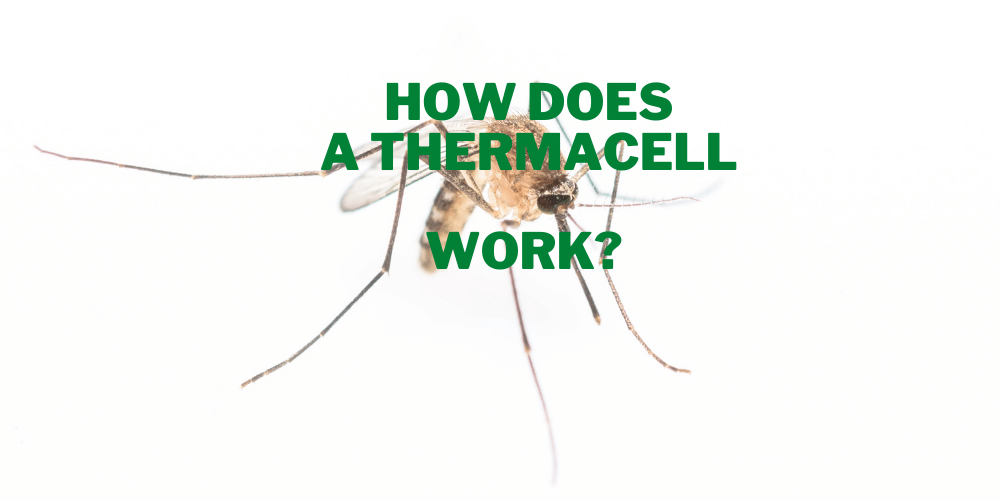Raccoons are cute, but they can be a nuisance if you live in an urban area. These clever urban animals will get into your trash, which makes for unpleasant odors around your home and attracts other pests that want to feed on the trash. They also tend to dig holes and leave droppings around their territory. Raccoons aren’t afraid of humans; they’re actually curious about us and might even approach us if we don’t scare them away first. If you’re tired of dealing with these pesky creatures outside your house (or inside), then you should look into ultrasonic raccoon repellers as an option for getting rid of them once and for all!
How to Keep Raccoons Out of Your Yard
- Use a fence to keep the raccoons out of your yard.
- Don’t leave food out in the open, especially if you have pets or are leaving pet food outside to let it dry out.
- Don’t leave trash lying around outside—this can attract raccoons and other pests as well, not just raccoons!
It may seem like common sense, but these tips will help you keep raccoons from entering your property in the first place.
What is an ultrasonic animal repeller?
An ultrasonic animal repeller is a device that emits high-frequency sounds that are inaudible to humans but can be detected by animals. There are two types of ultrasonic repellers:
- Animal only
- Multi-use
The animal only repeller works by emitting high frequency sounds that irritate raccoons, rodents and other pests. These devices don’t require any chemicals or sprays to be effective. They use audible frequencies up to 20 kHz (kilohertz) which is far beyond the human hearing range (20 Hz – 20 kHz). Many people prefer this type because it doesn’t use any harmful chemicals or sprays and it’s easy to install without needing professional help from an exterminator service provider.
Do Ultrasonic Raccoon Repellents Work?
Ultrasonic raccoon repellents are not harmful to wildlife, humans or pets. It is important to remember that ultrasonic sound waves cannot travel through walls so if you have an attic or crawl space where the animals have access, they may need to be plugged in underneath the floorboards.
The sound frequencies emitted by these devices can be annoying and even painful for some species of mammals such as dogs, cats and humans alike. However, these devices must emit sounds at a frequency that is audible only by raccoons – which means that they do not bother other animals such as squirrels or birds; nor any insects (including bats).
How to Get Rid of Raccoons
The first thing you’ll need to do is figure out how many raccoons are in your attic. You can do this by removing the insulation from your home and using a flashlight to check for evidence of raccoon activity, like feces, fur and shredded material.
Raccoon problems may be more severe than you think – especially if more than one raccoon has taken up residence in your attic! But don’t despair: there are many effective ways to get rid of them. One common method involves using a humane cage trap to catch and relocate the animal outside of your home or property. If trapping isn’t an option for you, try spraying repellent chemicals around areas where raccoons live (in addition to installing fencing).
What is the best ultrasonic pest repeller?
If you’re looking for a high-quality ultrasonic pest repeller, the first thing to do is make sure it’s not cheap. Cheaper repellers are often ineffective and may even be dangerous—some emit harmful electromagnetic radiation or can cause your pet harm. You should also make sure that the repeller is weatherproof (ideally waterproof) so that it lasts longer.
Finally, don’t forget to look at the warranty! A good warranty will give you peace of mind while using your new device and inform you if something goes wrong with it in the future—and hopefully fix any problems too!
Do those ultrasonic pest repellers really work?
The truth is, ultrasonic repellents aren’t guaranteed to work on all pests. In fact, they’re not even guaranteed to work on all animals. And if you live in a rural area where there are lots of animals around who don’t want to be chased away, you may have trouble with these devices.
The effectiveness of these products depends on the types of pests or animals you have around your home and how often they come by for visits. If the device is meant for raccoons (and it most likely will be), then it should do an effective job at keeping them away from your house or yard—but only after about three weeks of use.
Do ultrasonic electronic pest repellents really work?
Here are some questions you might have about ultrasonic raccoon repellents:
- How do I know if an ultrasonic device is safe for my home and family?
- Should I use an indoor or outdoor pest repeller? What’s the difference between the two?
- Is it possible to install an ultrasonic device myself, or do I need to hire a professional?
What’s the best ultrasonic animal repeller?
The best ultrasonic animal repeller depends on what you’re trying to repel. The best repellent for rats, for example, will be different than the best repellent for cats or dogs. Similarly, the size of your outdoor space will dictate which ultrasonic animal repeller is right for you.
In general, most raccoons are afraid of high-frequency noises like those generated by an ultrasonic device—and it’s no wonder why: they rely heavily on their highly developed hearing and sense of smell to navigate their environment. They’ll often flee at the sound of these noises and leave your property alone once they hear them enough times!
Conclusion
If you’re looking to get rid of raccoons, we recommend using an ultrasonic pest repeller. It’s the most effective way to keep these pests out of your yard without hurting them or yourself. We also have a list of other options on this site if you want something else like traps or poisons.



